The Most-Influential Tech Products of the 2010s
From Ryzen processors to Raspberry Pis
Technology changes so quickly that it’s easy to forget what life was like just 10 years ago. Back in 2009, the iPhone was already popular but the first majorly successful Android phone, the Motorola Droid, launched in October of that year. The latest version of Windows, Windows 7, had just come out that July and many people were still running Vista. The fastest consumer processor of the time was the Core i7-870, which was based on Intel’s 45nm Lynnfield design. SSDs existed, but few could afford them as they cost as much as $900 for a 160GB drive.
Fast forward to 2019 and we’ve seen more than just the usual trends towards faster tech at lower prices. This decade has seen some really revolutionary changes that were only made possible because bold, new products and technologies have changed the game. We’ve looked back and chosen the most influential of these products.
AMD Ryzen 1800X
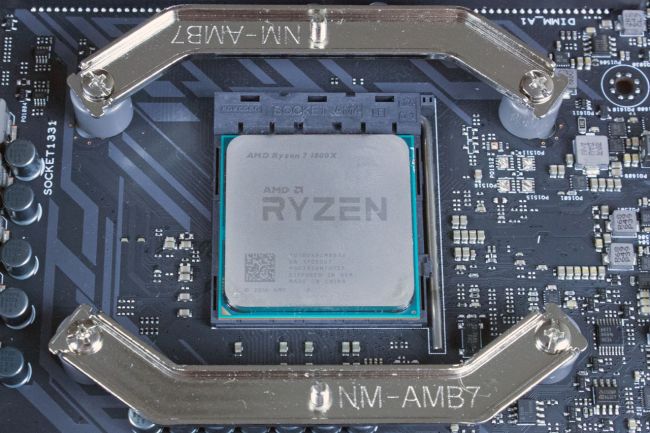
The Ryzen 7 1800X debuted in 2017 with eight cores and 16 threads, pushing mainstream processors to new heights at half the price of Intel’s flagship eight-core i7-6900K for HEDT. Nut the 1800X’s core counts and low pricing aren’t the most notable achievements. The 1800X also marked the debut of AMD’s Zen microarchitecture and Infinity Fabric, which together created a new scalable processor design that paved the way for AMD to assault Intel’s dominance in the desktop, server, and mobile segments.
The second-gen Zen microarchitecture brought a new multi-chip approach to desktop processor design, and paired with TSMC’s 7nm process, has upset the established pecking order. Zen 2 also catapulted AMD’s chips to leading performance in key metrics and a value proposition that was nearly unthinkable a mere three years ago. In spite of its humble beginnings and early teething pains, the Ryzen 7 1800X and its key underlying technologies have given AMD a new foothold in the processor market, bringing the power of choice and competition back to the x86 CPU space after years of stagnation, which is good for everyone.
-- Paul Alcorn
Raspberry Pi (2012)
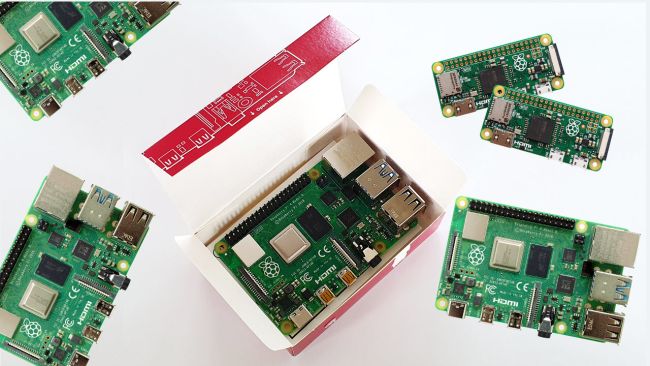
It may not be the most powerful computer of the decade, but this $35 single-board PC is one of the most important and best selling. First launched in 2012, the Raspberry Pi was originally designed as a limited-run product to help U.K. kids learn about computer science and therefore increase applications to Cambridge University. However, after adult makers got wind of the project, it became an overnight sensation with people making everything from robots to web servers to retro arcades and fart detectors powered by Raspberry Pi.
After 7 years on the market and several major revisions, including 2019’s Raspberry Pi 4 B, the computer has sold 30 million units and half of those have been used in industrial applications by businesses. Most importantly, Raspberry Pi has boosted the maker movement into the stratosphere, taught a generation of kids to love tinkering and changed our expectations of what an inexpensive, tiny computer can do.
Get Tom's Hardware's best news and in-depth reviews, straight to your inbox.
-- Avram Piltch
Variable Refresh Monitors

Nvidia pushed us into the world of variable-refresh monitor tech in 2013 with its first G-Sync displays, which were impressive but expensive, due in part to the fact that they required a dedicated hardware module. A year later VESA, the Video Electronics Standards Association, announced the Adaptive-Sync standard, which helped AMD release its competing FreeSync tech in 2015, and gaming monitors haven’t been the same since. First with G-Sync displays and then with the adaptive-sync added to the DisplayPort 1.2a standard, video enthusiasts were granted a way to get their monitor’s refresh rate to match the rate at which the PC’s graphics card renders images with each frame.
Years down the line, this technology has become a staple when shopping for a gaming monitor, broadening delivering a smoother gaming experience whether you have low-end or premium graphics card. It’s nearly impossible to find a gaming monitor that doesn’t offer some flavor of Adaptive-Sync, namely Nvidia G-Sync or AMD FreeSync. Both vendors have even issued versions of Adpative-Sync that work with HDR. And this year options expanded even more, with numerous Adaptive-Sync and FreeSync displays now being able to support G-Sync.
With these revelations, as well as FreeSync now available over HDMI and the same reportedly coming to G-Sync, as well as variable refresh finding its way into TVs, screen tearing may soon become a problem of the past. With refresh rates on new panels climbing ever higher, that's definitely a very good thing.
--Scharon Harding
USB Type-C (2014)

USB Type-A may not be reversible, allow for display out or high-wattage charging, but it is ubiquitous. When USB Type-C came along (as well as Thunderbolt 3, which uses its connector shape), we got a smaller port with more abilities that can be plugged in in either direction.
But existing devices didn’t support it, bringing us the decade of #donglelife. For a few years, it was rough, though now the majority of Android phones use the port for charging, and just about every laptop supports it in some fashion. It’s even on many motherboards now. You don’t necessarily find it in planes and cars, but we’re getting to a future where every device can use the same charger. Just a few more years of dongle hell.
-- Andrew E. Freedman
Intel SSD 750 Series

Yes, it was essentially a data center drive tweaked for the enthusiast / prosumer market, but Intel's SSD 750 Series, which launched in April of 2015, was the drive that finally got the storage industry to move beyond the speed limitations of SATA, which was fast becoming a performance bottleneck. Intel's drive instead used a new protocol, NVMe, which was designed specifically for the speed needs of solid-state storage.
The SSDs 750 came in clunky form factors --either a bulky PCIe add-in card or a thick 15mm 2.5-inch enclosure that didn't fit well in all drive bays (and used an enterprise-class SFF-8639 connector). But with rated sequential read speeds of up to 2400 MBps and writes up to 1200 MBps, Intel's drive blew past the fastest SATA options of the time (by over 4x when it came to reads).
Half a year later, Samsung managed to get NVMe in into the much-smaller M.2 form factor with the 950 Pro drive. M.2 is now ubiquitous as the form factor for fast consumer-class drive performance, even as we move to even speedier PCIe 4.0 drives. But Intel got there first, made a big splash in the enthusiast market, and arguably pushed the industry forward, ushering in NVMe for consumers, moving us past the limitations of SATA and into a world where fast drives are measured in gigabytes per second, rather than megabytes.
Nvidia Pascal (10 series)

Nvidia’s latest Turing architecture had a tough launch due to high prices and extremely limited game support for its dedicated RTX cores. But arguably part of the reason for the pushback on Turing was that the company’s previous-generation Pascal (10 Series) GPUs were a revelation. The initial GTX 1080 and GTX 1070 cards, which launched in mid-2016 offered a dramatic performance boost over previous-gen GTX 980s and 980 Tis, as well as besting AMD’s R9 Fury X, at price points that were at least reasonable -- especially once you got down into GTX 1060 territory.
Despite the fact that we’re headed into the fourth year since the launch of Pascal, 10 series cards still dominate the gaming landscape--in the Steam hardware survey, various models take the top five spots and comprise close to 40% of total cards among gamers. Heck, I’m writing this on a system with a GTX 1080 Ti. While newer cards have eclipsed Pascal in terms of performance and features, Nvidia’s 10 series is still beloved by many. The lineup’s primary downside was that it launched in the midst of the coin mining craze, which often made it tough (or impossible) to find that 1070 you really wanted for your gaming upgrade at a reasonable price. Thankfully, that’s now long behind us and Nvidia’s Pascal cards are now living their best life, powering millions of still-quite-capable gaming rigs everywhere.
-- Matt Safford
Apple MacBook Air (2011, Second Generation)

While the first MacBook Air released in 2008, it was the 2011 versions, in both 11.6 and 13.3-inch screens, that PC vendors chased for the better part of a decade. With a lightweight aluminum design, great battery life, SSD drives as standard, a pair of USB ports and an SD card slot, it was tough to beat --or even match-- for several years. As PC vendors produced slim ultraportables like the Dell XPS 13 and Acer Swift line, this was the laptop that they would be compared to. And rightfully so. Until late in the decade, very few caught up with its design.
-- Andrew E. Freedman
Intel Core i7-2600K
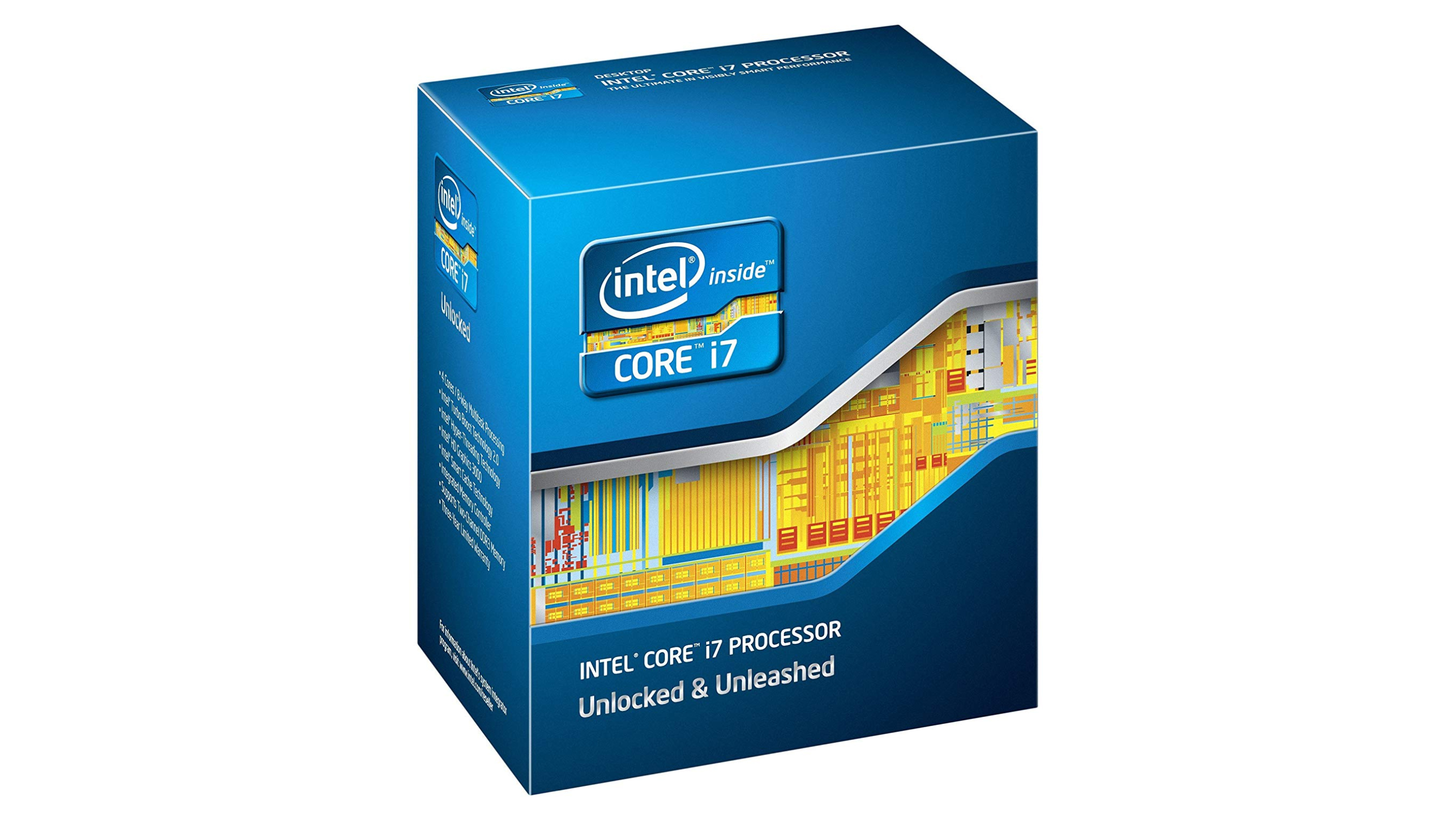
While it’s easy to remember when the Ryzen 7 1800X restored AMD’s glory, it was the 2011 launch of Intel’s Core i7-2600K that kept AMD out of most gaming systems through most of the last decade. So impressive was this CPU that some people are still asking whether they should upgrade. And with the 2600K’s ability to casually reach 4.6GHz on the heaviest of four-core loads, it’s usually advancing motherboard features that eventually force owners to buy a new processor (such as a Ryzen 7 anything). After years of taking its competitor to the mat at every single launch, this was the processor that finally put AMD into its years-long coma.
--Thomas Soderstrom
Dell XPS 13 (2015)
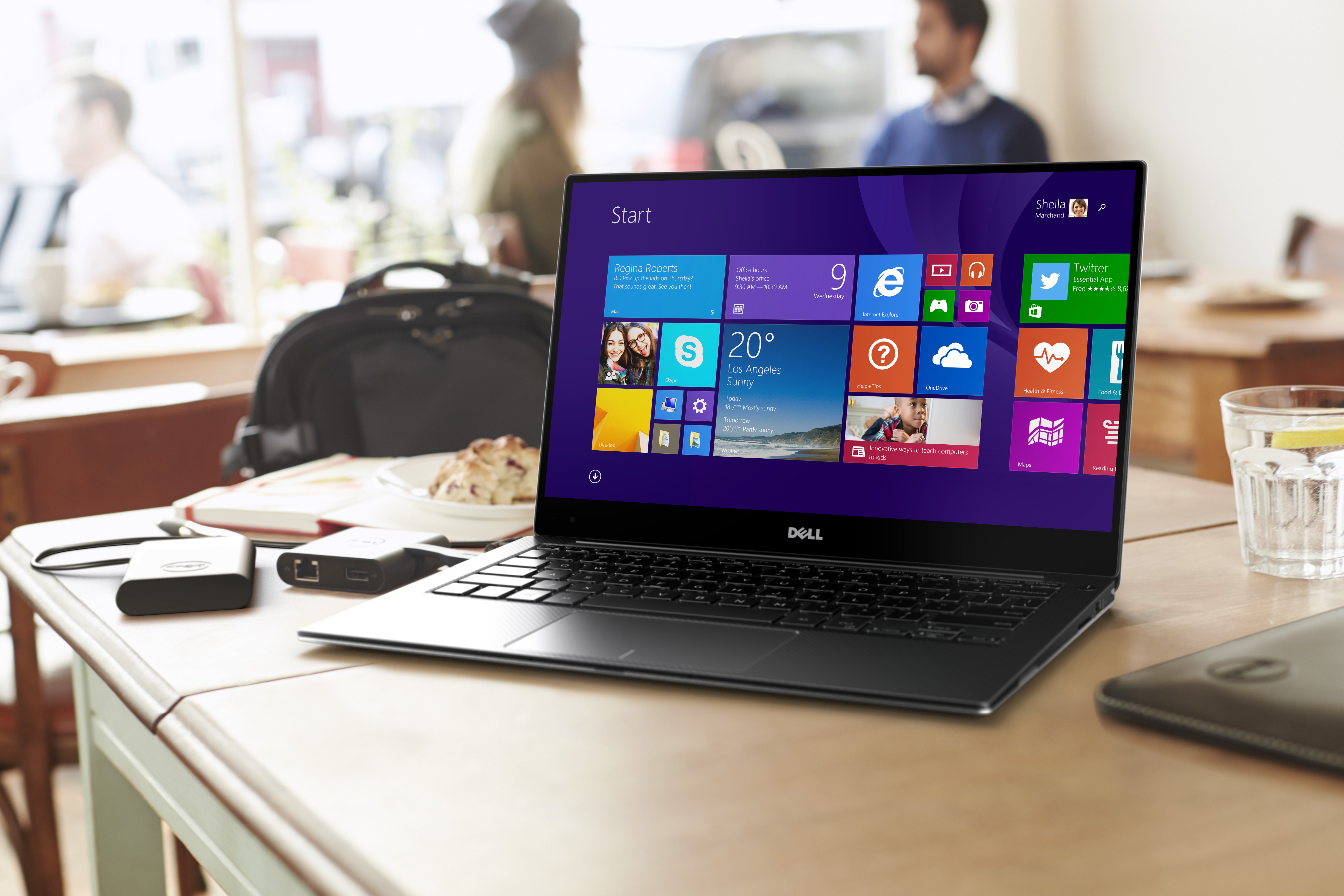
If there was ever one Windows laptop competing head-to-head with the MacBook Air, it was Dell’s XPS 13. In 2015, the company revamped the line with a display with nearly no bezel on three sides (the original came out in 2012 and wasn’t exactly innovative). This set off a trend in the PC world of reducing the big black bars around displays for the back half of the decade. That also meant it was the decade of the nosecam (putting the webcam below the screen), a bad idea that other vendors such as Lenovo copied, but Dell did fix that in early 2019.
Dell took on the MacBook Air with a great design, carbon-fiber palm rests, lots of ports and an SD card slot. Dell has since chased thinness with the XPS, and it now lacks many of those ports, opting solely for Thunderbolt 3. I guess Dell isn’t done chasing Apple after all.
-- Andrew E. Freedman
Microsoft Surface (2012)
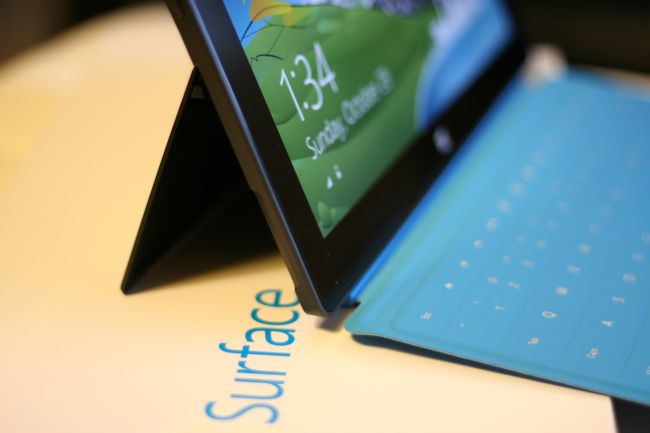
The first ever Surface wasn’t a success with its limitations to apps from the Windows store and the limited Windows RT operating system, but it launched Microsoft’s on a journey to becoming a leading PC vendor.
By the time the Surface Pro 3 came out in 2014, Microsoft was thought to have largely gotten it right. While it never included the keyboard in the box, the company popularized the detachable 2-in-1, and we saw it from other PC makers and even Apple devices with its smart keyboard folio for some of its iPads. The tablet-based computer race was officially on.
-- Andrew E. Freedman
Oculus Rift (2012)

Perhaps the most successful tech Kickstarter, the Oculus Rift was the first enthusiast VR headset to take off after its launch in 2012. Following a series of dev kits, Oculus VR raised a ton of venture capital and was later acquired by Facebook.
But the headset itself was the influential part. Sure, it needed to be connected to a PC with powerful graphics, but we started seeing games for it. It brought out HTC as a competitor in the space with its Vive headsets, and in 2016, Oculus fought back with controllers.
We have recently started seeing headsets that stand on their own, but they all trace back to the Rift.
-- Scharon Harding
Nintendo Switch (2017)
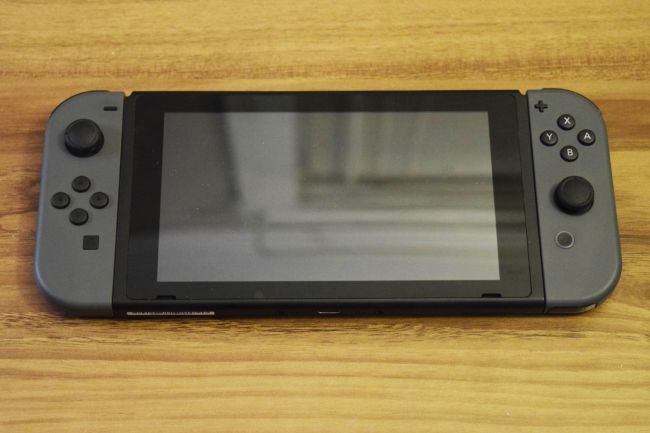
After the house of Mario sullied its reputation with the unpopular Wii U console, the Nintendo Switch surprised and delighted. The idea of plugging a small computing device into a monitor or television was in no way new, but the Switch, which served both as a portable machine and a home console made it seem like magic. The Joy-Cons, despite some build issues, are a clever design, and you can finally get a semblance of home play on the go.
The Switch has also shown Nintendo embracing third-party and indie developers more than it has since the Gamecube, making for an impressive library of games you can play just about anywhere. And honestly, it’s delightful to do so.
-- Andrew E. Freedman
Apple iPad (2010)
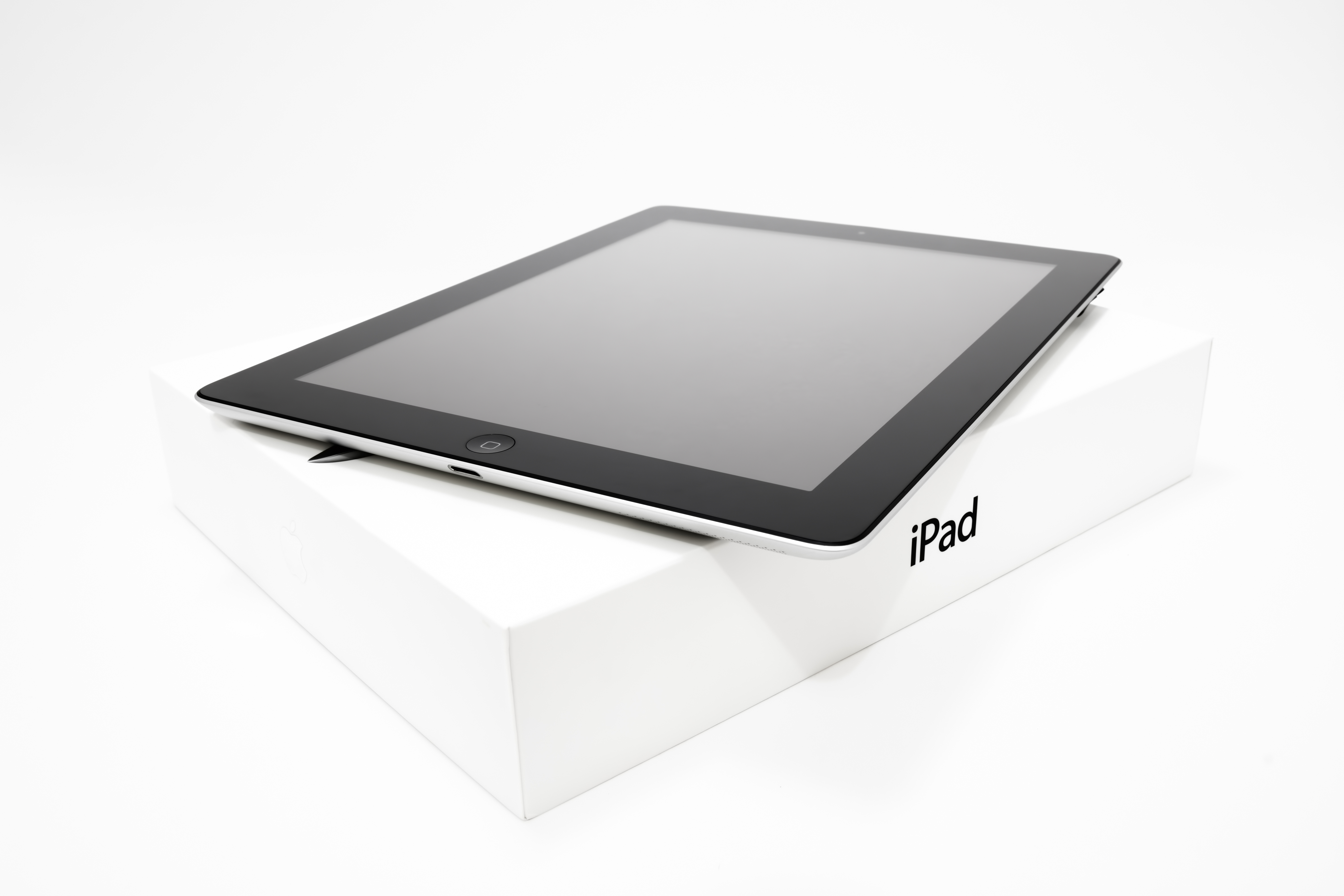
We may all know what a computer is, but for many who don’t need a lot of power, the iPad changed how they use them.
For simple email, browsing social media, reading ebooks and playing mobile games, the iPad has been more than enough for millions of people. Many even swear by it and use it exclusively with a keyboard cover attached. While the iPad hasn’t replaced the ultraportable laptop (including Apple’s own MacBooks), it has created a way to consumer and create on the go and, with iOS (later iPadOS) develop the future of touch-based computing.
-- Andrew E. Freedman
Microsoft Azure (2010)

You could argue that Azure turned Microsoft around.
Microsoft’s turn to the cloud, originally called Windows Azure and later renamed, has focused in computing, storage, messaging, machine learning and AI, the internet of things, blockchain and even edge computing.
When Microsoft CEO Satya Nadella succeed Steve Ballmer in 2014, he made the cloud his focus, and now we see it plugged into Windows and Office, Xbox (and game streaming through Project xCloud) and in tons of industrial applications. Microsoft’s cloud is getting it government contracts and has it stronger than we’ve seen it in years.
-- Andrew E. Freedman
Chromebooks (2011)

It’s hard to limit this to a specific product. The first Chromebooks, released in 2011, were made by Samsung and Acer. Since then, we’ve seen Lenovo, Dell, HP, Asus and even Google itself make the devices. They’re largely affordable, and can do what the majority of users need in a web browser. That’s why they’ve taken a bit of a bite out of Windows’ market share.
Since then, Chromebooks have gained more functionality, including Android apps, and have been made as notebooks, detachables and 2-in-1s.
It’s not the go-to for power users or gamers, but in education and among those who need a cheap laptop, there’s a reason Chromebooks have become so popular so fast.
-- Andrew E. Freedman
Apple iPhone 4 (2010)

There were a lot of great phones in the 2010’s, but the iPhone 4 stands out for everything it brought to the competition. This was the first iPhone available on networks other than AT&T in the United States (though the CDMA version for Verizon came a few months later), and it was the first time Apple used its own system on a chip with the Apple A4.
This was also the phone that had the first “retina” display, and surrounded by a metal shell, it looked amazing, as long as you weren’t holding it wrong. The all-glass design set the standard for what we would see for much of the rest of the decade, up through today.
-- Andrew E. Freedman
Samsung 840 SSD (First TLC SSD)
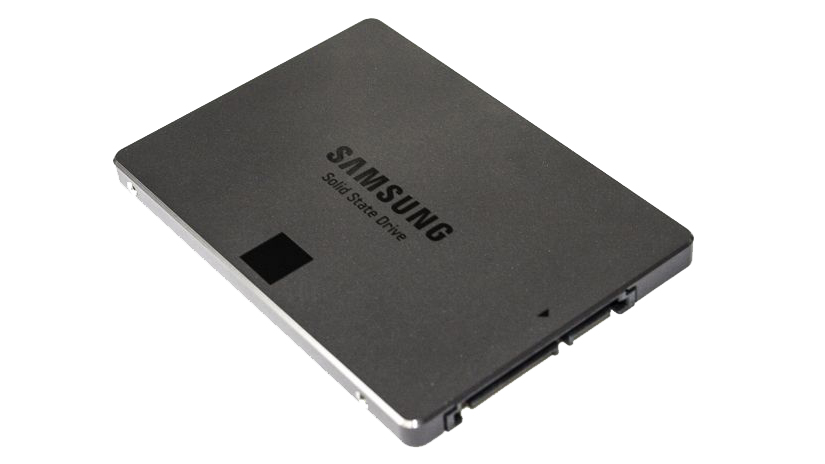
Samsung's 840 SSD marked the debut of TLC flash for storage use, bringing with it the promise of denser storage and lower pricing. Cramming three bits of data into every microscopic cell of flash storage does bring along plenty of benefits, but it also reduces performance and endurance, leaving many doubting its viability when the Samsung 840 first debuted.
But clever engineering soon found TLC flash going into the third dimension with 3D TLC flash, which addressed much of our concerns. Soon, techniques to cache data in portions of flash programmed to operate in SLC debuted, erasing concerns about performance, too. The pace of innovation in storage never stops, and we already have SSDs that store four bits per cell (QLC), and will soon have devices that store five bits per cell (Penta-Level Cell - PLC). These newer types of flash enable new levels of storage density and ultra-low pricing, but it all started with Samsung's 840 SSD and the company's pioneering move into TLC flash while others stood on the sidelines.
Tom's Hardware is the leading destination for hardcore computer enthusiasts. We cover everything from processors to 3D printers, single-board computers, SSDs and high-end gaming rigs, empowering readers to make the most of the tech they love, keep up on the latest developments and buy the right gear. Our staff has more than 100 years of combined experience covering news, solving tech problems and reviewing components and systems.
-
velocityg4 How does the Tesla Model S or Model 3 not make this list? They showed that not only are long range electric cars are viable for mass production. Also that they are safe, long lasting, fast and consumers are willing to pay for them. As they butchered luxury car sales. Now most of the major car manufacturers are jumping on the bandwagon. This is also pushing the rush to electrify bikes, motorcycles and dirt bikes.Reply
Speaking of which. Electric scooters have also had a major impact on the world far beyond many of the items in this list. Also fueling the rush for more electric products.
AI is making advancements in scientific research, productivity, transport and advertising. Although I can't name off hand a single most influential advancement for AI this decade.
CRISPR is revolutionizing medical research.
The Falcon 9 put the viability of commercial space travel front and center when it landed. By illustrating that costs can be greatly reduced.
Some solar/battery product should also be on the list. As there is big shift occurring in energy production and storage. I'd say Molten Salt Reactor or WAMSR. But those are mostly on the drawing board. They'll probably have a big influence over the 2020's or 2030's.
While many of the items in the list are cool. The list seems mostly geek/gamer centric. Not tech products that have had the greatest influence over the 2010s. The iPad, SSD, GPU, multi-core CPU and Macbook definitely belong there. Although I'd say something like the Samsung Galaxy outshines the iPhone 4 for influence. As it showed people wanted big phones not tiny screens. Undoubtedly the iPhone has been a big influence. iOS itself is the big influencer not the phone. -
jimmysmitty Replyvelocityg4 said:How does the Tesla Model S or Model 3 not make this list? They showed that not only are long range electric cars are viable for mass production. Also that they are safe, long lasting, fast and consumers are willing to pay for them. As they butchered luxury car sales. Now most of the major car manufacturers are jumping on the bandwagon. This is also pushing the rush to electrify bikes, motorcycles and dirt bikes.
Speaking of which. Electric scooters have also had a major impact on the world far beyond many of the items in this list. Also fueling the rush for more electric products.
AI is making advancements in scientific research, productivity, transport and advertising. Although I can't name off hand a single most influential advancement for AI this decade.
CRISPR is revolutionizing medical research.
The Falcon 9 put the viability of commercial space travel front and center when it landed. By illustrating that costs can be greatly reduced.
Some solar/battery product should also be on the list. As there is big shift occurring in energy production and storage. I'd say Molten Salt Reactor or WAMSR. But those are mostly on the drawing board. They'll probably have a big influence over the 2020's or 2030's.
While many of the items in the list are cool. The list seems mostly geek/gamer centric. Not tech products that have had the greatest influence over the 2010s. The iPad, SSD, GPU, multi-core CPU and Macbook definitely belong there. Although I'd say something like the Samsung Galaxy outshines the iPhone 4 for influence. As it showed people wanted big phones not tiny screens. Undoubtedly the iPhone has been a big influence. iOS itself is the big influencer not the phone.
The list should have been most influential computer tech TBH, not just tech. TH is a computer enthusiast site after all and not an overall tech site. Thats why the majority of reviews and stories focus on PC technology and news and not all tech. Thats more Toms Guide. -
derekullo I want to like Tesla and I appreciate all of the new tech Elon Musk has brought to the world.Reply
But naming your automatic driving system autopilot, but then saying you must be attentive at all times sends mixed messages.
The literal definition of autopilot is "a device that steers a ship, plane, or spacecraft by itself, without a person."
That's like;
Naming your Not A FlameThrower, Not Not A FlameThrower
Announcing the Invincible Ford Fiesta
A 24 karat gold butcher knife (to be fair if you had one you could probably afford another)
But I believe I have a solution for Autopilot!
Give current Level 2 Autopilot the voice of Charlie Sheen!
That way people are aware of the quirks of a Level 2 autonomous car. (Sorry Charlie)
When Autopilot improves to a Level 3 autonomous car they can switch the car voice to Jason Statham. Slight risk to safety
When Autopilot improves to a Level 4 autonomous car they can switch the car voice to Patrick Stewart. Mostly safe
When Autopilot is at a Level 5 autonomous car they can switch to the only voice that makes sense for achieving God Level Driving ... Morgan Freeman. -
escksu Replyvelocityg4 said:How does the Tesla Model S or Model 3 not make this list? They showed that not only are long range electric cars are viable for mass production. Also that they are safe, long lasting, fast and consumers are willing to pay for them. As they butchered luxury car sales. Now most of the major car manufacturers are jumping on the bandwagon. This is also pushing the rush to electrify bikes, motorcycles and dirt bikes.
Speaking of which. Electric scooters have also had a major impact on the world far beyond many of the items in this list. Also fueling the rush for more electric products.
AI is making advancements in scientific research, productivity, transport and advertising. Although I can't name off hand a single most influential advancement for AI this decade.
CRISPR is revolutionizing medical research.
The Falcon 9 put the viability of commercial space travel front and center when it landed. By illustrating that costs can be greatly reduced.
Some solar/battery product should also be on the list. As there is big shift occurring in energy production and storage. I'd say Molten Salt Reactor or WAMSR. But those are mostly on the drawing board. They'll probably have a big influence over the 2020's or 2030's.
While many of the items in the list are cool. The list seems mostly geek/gamer centric. Not tech products that have had the greatest influence over the 2010s. The iPad, SSD, GPU, multi-core CPU and Macbook definitely belong there. Although I'd say something like the Samsung Galaxy outshines the iPhone 4 for influence. As it showed people wanted big phones not tiny screens. Undoubtedly the iPhone has been a big influence. iOS itself is the big influencer not the phone.
Err...... you sure you are in the right website???
Tomshardware is a computer related website. So, whats litsted here obviously is about computers and related stuff. Its not about cars, or medical or rockets....... -
nofanneeded IMO Gsync and Freesync are theft. Cards manufacturer put them in monitor instead on the GPU just to take more money from us.Reply
They can easily make it on card and the output to monitor just like a stream , full screen frame by frame.
did you ever watch a TV 4K movie that stutters ?
they can make it the same way. -
Co BIY I don't think USB C rates the list. It has still not made it's impact.Reply
I think something like the Roku 2 (2011) as a representative product for the rise of streaming and the fall of "broadcasting" might be worthy of the list or
Netfix Streaming (2011) for the same reason but without as good a product picture.
I know, not as computer focused as a Toms article needs to be - I found it hard to choose a product that best illustrates the rise of the foundries and fab consolidation.
Maybe a supercomputer GPU card that shows how how Super Computing is moving past the CPU. -
g-unit1111 Replyvelocityg4 said:How does the Tesla Model S or Model 3 not make this list? They showed that not only are long range electric cars are viable for mass production. Also that they are safe, long lasting, fast and consumers are willing to pay for them. As they butchered luxury car sales. Now most of the major car manufacturers are jumping on the bandwagon. This is also pushing the rush to electrify bikes, motorcycles and dirt bikes.
Speaking of which. Electric scooters have also had a major impact on the world far beyond many of the items in this list. Also fueling the rush for more electric products.
Well if you really want to go back to where it started, the Tesla Roadster was the first electric car that showed that it really could be done.
And yeah as annoying as Bird Scooters are, they definitely are changing the future of transportation as we know it, and they can be accessed via an app on your phone. -
Crashman Reply
Movies are recorded video with a soundtrack, games are drawn in real time.nofanneeded said:IMO Gsync and Freesync are theft. Cards manufacturer put them in monitor instead on the GPU just to take more money from us.
They can easily make it on card and the output to monitor just like a stream , full screen frame by frame.
did you ever watch a TV 4K movie that stutters ?
they can make it the same way. -
velocityg4 Replyg-unit1111 said:Well if you really want to go back to where it started, the Tesla Roadster was the first electric car that showed that it really could be done.
And yeah as annoying as Bird Scooters are, they definitely are changing the future of transportation as we know it, and they can be accessed via an app on your phone.
I thought about the Roadster. But very few units were produced. As far as influence goes I'd say it goes with the Model S or Model 3 as that's what finally caught the attention of global automakers. If it just stopped with the Roadster. The upcoming electric car options would probably still be only those tiny cars with a 40 to 80 mile range.
